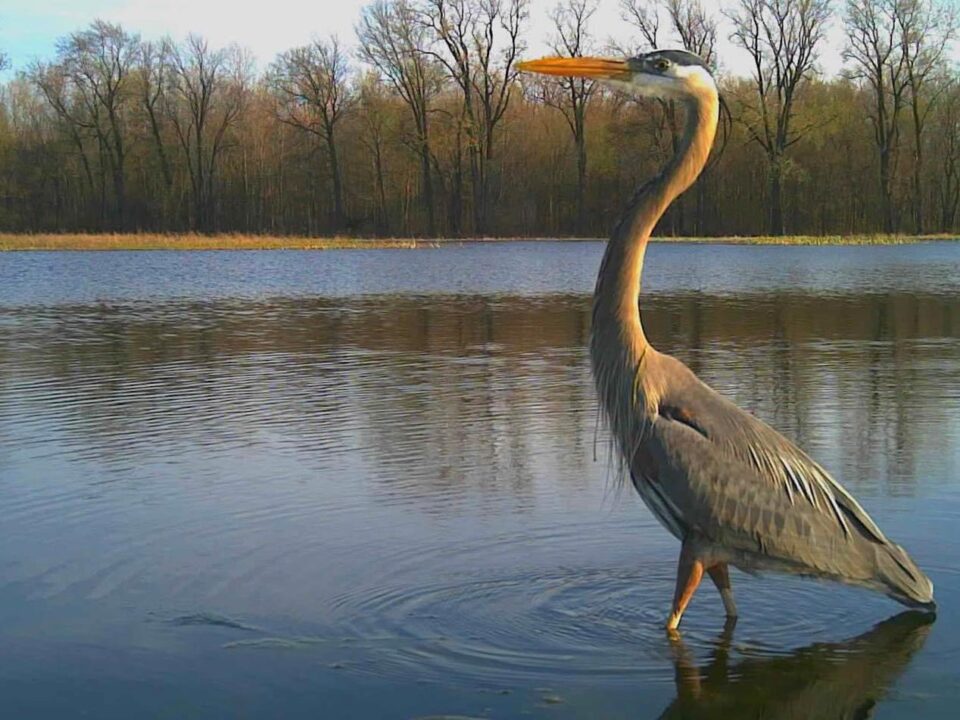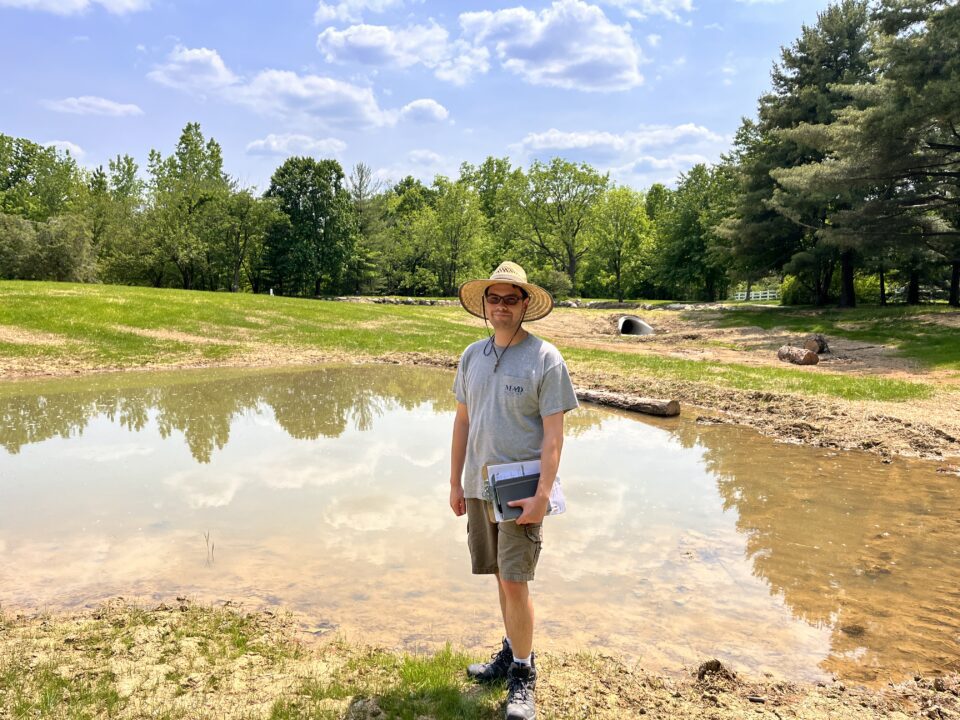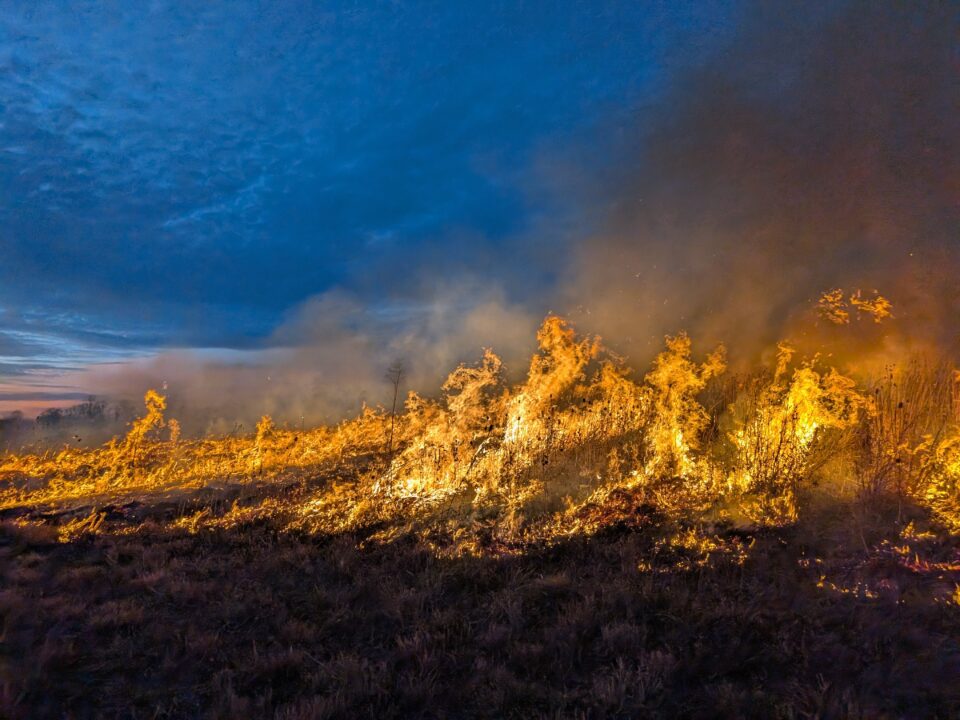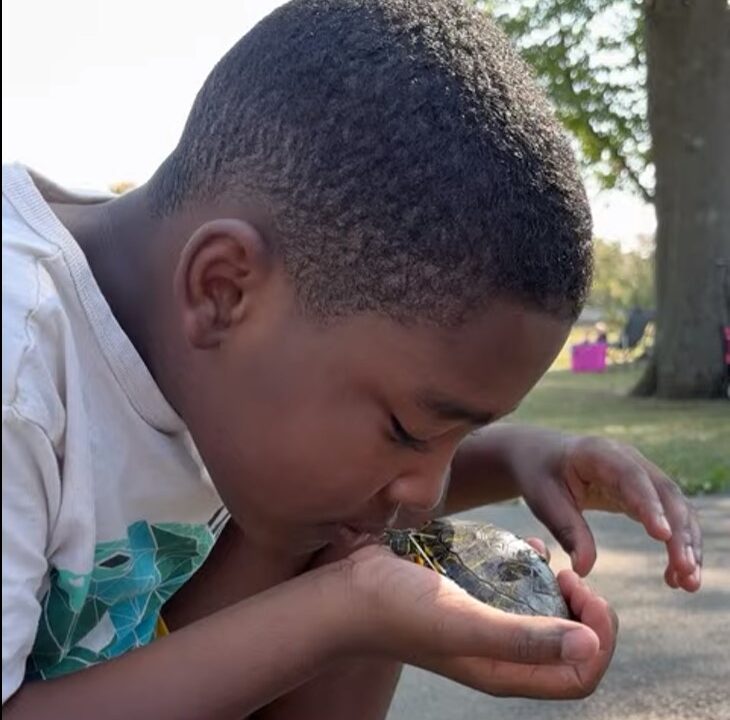January 28, 2025
It’s that time of year- cold weather and conferences! We’re always happy to attend the Ohio Parks and Recreation Association (OPRA) conference, as it gives us opportunities to catch up with colleagues and friends from around the state, and learn about the latest in the parks and rec world. This year, we’ll be staffing a vendor table in the exhibitor hall (booth 201) and presenting. Jenny Adkins will lead the education session, Wetlands Building Community, accompanied by Doug Boyer from EDGE and Melissa Hindman from the City of Powell. “Wetlands are among the most diverse habitats in the world. We invite you to celebrate and even add these natural resources in your community and in your programming. Ecological professionals and Parks & Rec staff team up to […]











